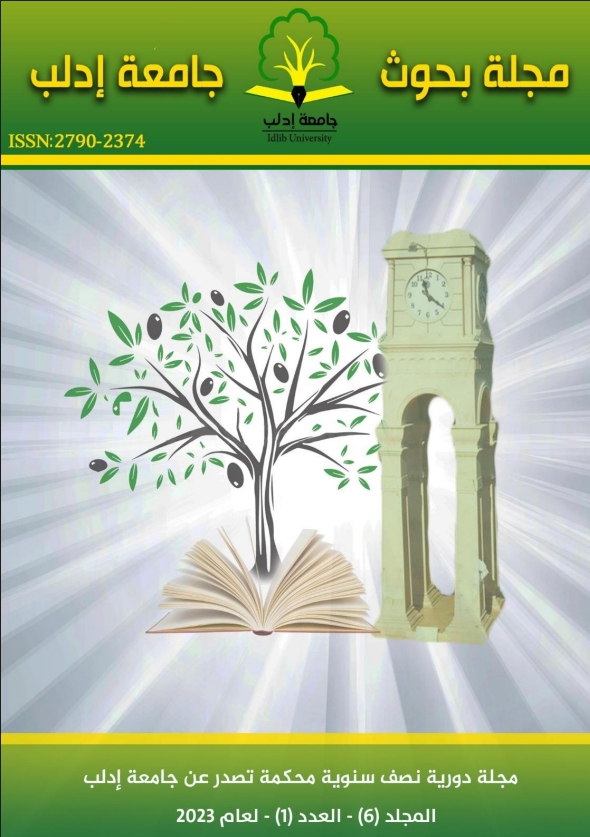Areal and Vegetation Changes in Al-Hmama Forest Between 2010 and 2022 and the Prospects for Reconstruction
Keywords:
Al-Hmama Forest, Afforestation, Reconstruction, Deforest, Natural regenerationAbstract
The research aimed to study the spatial and vegetative changes in Hmama Forest in Jisr al-Shughour area in northwestern Syria during the period between 2010 and 2022. By using GIS techniques to study spatial changes, and the Braun-Blanquet method to conduct botanical inventory and study botanical changes.
The research concluded that there was a decline in the area of Hmama forest from 2010 to 2022, with 82.1% of the area lost and only 17.9% of the remaining area. This deterioration is due to population encroachments such as cutting down trees to be used as a substitute for fossil energy, the occurrence of fires, and the conversion of forest lands into agricultural lands. Studying the movement of the vegetation cover, it was found that the plant diversity in 2022 has increased almost twice as much as it was in 2010, due to the opening of the forest and allowing access of solar radiation, which encouraged the growth of many incoming light-loving species, and at the same time the disappearance of some shade-loving species or a decline in the coefficience of her presence. With the forest undergoing protection. It was observed that the natural regeneration that was absent due to the dense shade and overgrazing has returned, and this confirms the importance of protection, the implementation of the processes of individualization and pruning in the natural regeneration.
